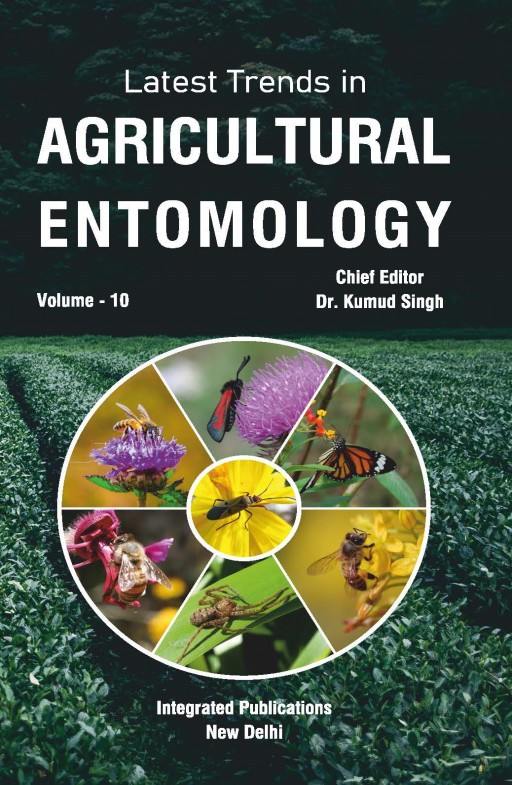Significance of Cyanogenesis in Arthropods


Chemical defences are key components in insect–plant interactions, as insects continuously learn to overcome plant defence systems by detoxification, excretion or sequestration. Cyanogenic glucosides (CNglcs) are important natural products in the chemical warfare between plants and arthropods. More than 60 different CNglcs structures are known. CNglcs are β-glucosides of α-hydroxynitriles derived from the aliphatic protein amino acids (valine, isoleucine and leucine), aromatic amino acids (phenyl alanine and tyrosine) and cyclopentenoid non-protein amino acid. CNglcs are found in a wide range of arthropods namely, millipedes, centipedes, mites, beetles, bugs, and especially butterflies and moths. The ability of living organisms to produce hydrocyanic acid (HCN) is termed as cyanogenesis. Biosynthesis of CNglcs from amino acids which will be subjected to two successive N-hydroxylations followed by decarboxylation catalyzed by cytochrome P450 monoxygenase enzyme and UDPG-glycosyltransferase. CNglcs have acquired multiple physiological function in defence, intraspecific communication, host–insect recognition, assessment of mate quality, nuptial gift and recruited as storage compounds that are mobilised when needed to counteract imbalances in primary metabolism. In a nutshell, CNglcs are the important chemical components not only used for self defence but also offers several advantages to Arthropods mainly, intraspecific communication, nuptual gift, assesment of mate quality, storage and metabolism of nitrogen compounds. Therefore, knowledge regarding presence, biosynthesis, hydrolysis and detoxification of cyanogenic glucosides in arthropods is very essential.